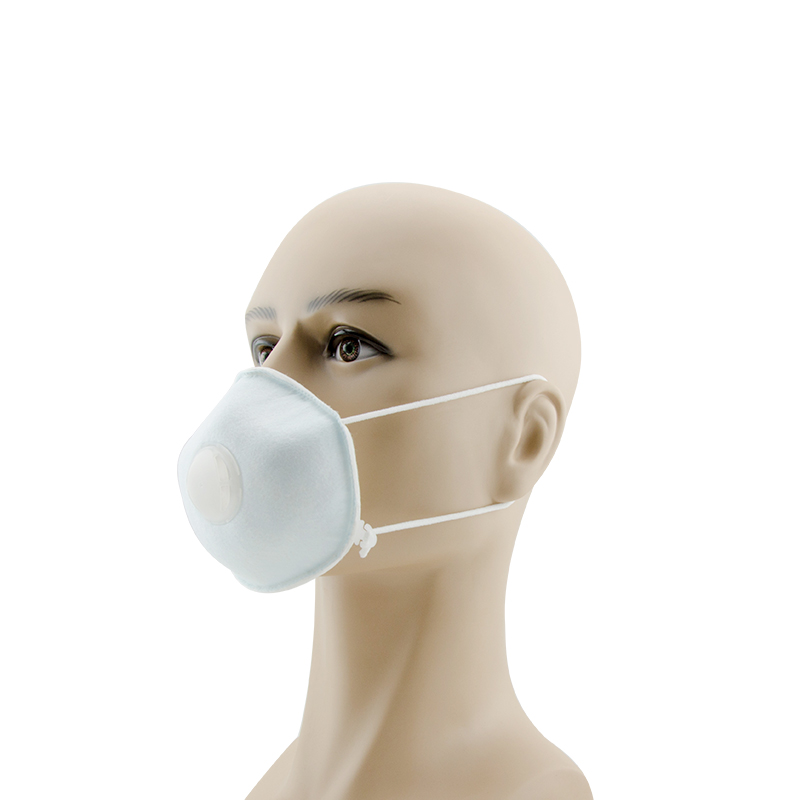Introduction:
In the realm of healthcare, nursing assistants play a vital role in providing essential care to patients who face challenges with mobility. The use of N95 masks has become imperative, especially in the context of infectious diseases. This article aims to guide nursing assistants in effectively applying and using N95 masks while tending to patients with limited mobility, ensuring both their safety and the safety of the patients they care for.

Importance of N95 Masks:
N95 masks are a critical tool in preventing the spread of airborne diseases, including respiratory infections. For nursing assistants, wearing an N95 mask correctly is crucial, as they are often in close proximity to patients who may have compromised immune systems or respiratory issues. Patients with limited mobility are particularly vulnerable, making proper N95 mask usage essential in minimizing the risk of infection transmission.
Step-by-Step Guide to Proper N95 Mask Application:
Hand Hygiene: Before putting on the mask, wash your hands thoroughly with soap and water or use an alcohol-based hand sanitizer.
Inspect the Mask: Examine the N95 mask for any visible defects or damage. Ensure the mask is not crushed, torn, or visibly soiled.
Positioning: Hold the mask in your hand with the nosepiece at your fingertips, allowing the headbands to hang freely below your hand.
Nosepiece Up: Position the N95 mask under your chin, with the nosepiece facing upward.
Secure the Headbands: Pull the top headband over your head, placing it high on the back of your head. Then, pull the bottom headband over your head, placing it around your neck and just below your ears.
Nose Clip: Using both hands, mold the nose clip to fit the shape of your nose, ensuring a secure seal.
Positive Fit Check: Cover the front of the mask with both hands without altering the position. Inhale deeply; if the mask seals snugly against your face and you feel minimal air leakage around the edges, the fit is correct.
Seal Check: Place your hands over the mask without changing its position and exhale forcefully. If you feel air escaping from the edges, readjust the mask and nose clip for a tighter fit.
Patient Interaction: When attending to patients with limited mobility, be cautious when approaching their personal space to avoid dislodging the mask. Maintain a safe distance when possible.
Proper Removal: Once your interaction is complete, remove the mask by handling the straps or headbands. Avoid touching the front of the mask, as it may be contaminated. Discard the mask in a proper receptacle.
Conclusion:
As nursing assistants provide care to patients with limited mobility, the correct application of N95 masks becomes paramount. By following the steps outlined in this guide, nursing assistants can ensure both safety, the safety of their patients, and contribute to the overall well-being of the healthcare environment. Adhering to proper N95 mask usage not only prevents the spread of infectious diseases but also demonstrates a commitment to maintaining a high standard of patient care.



